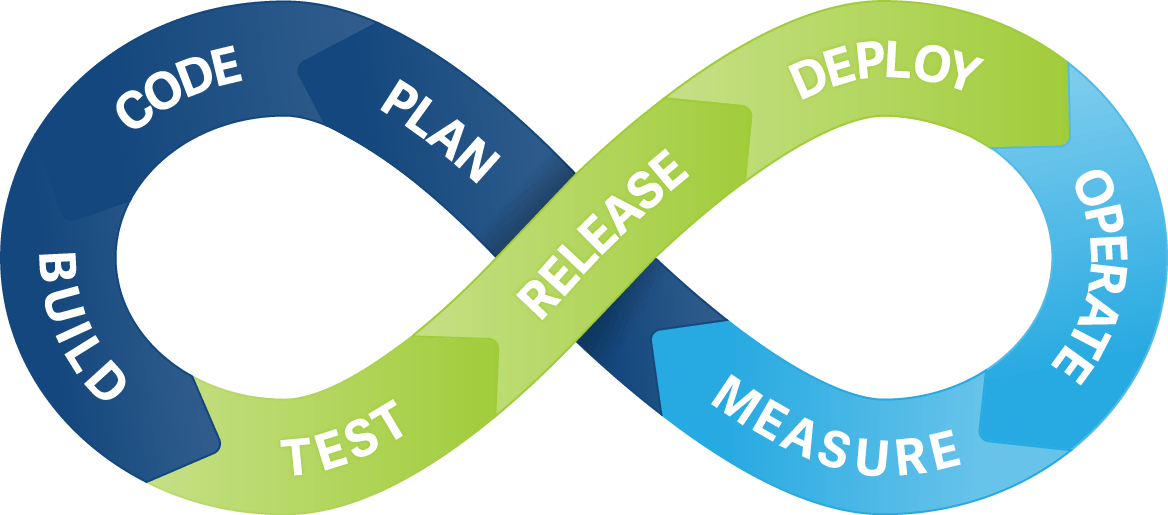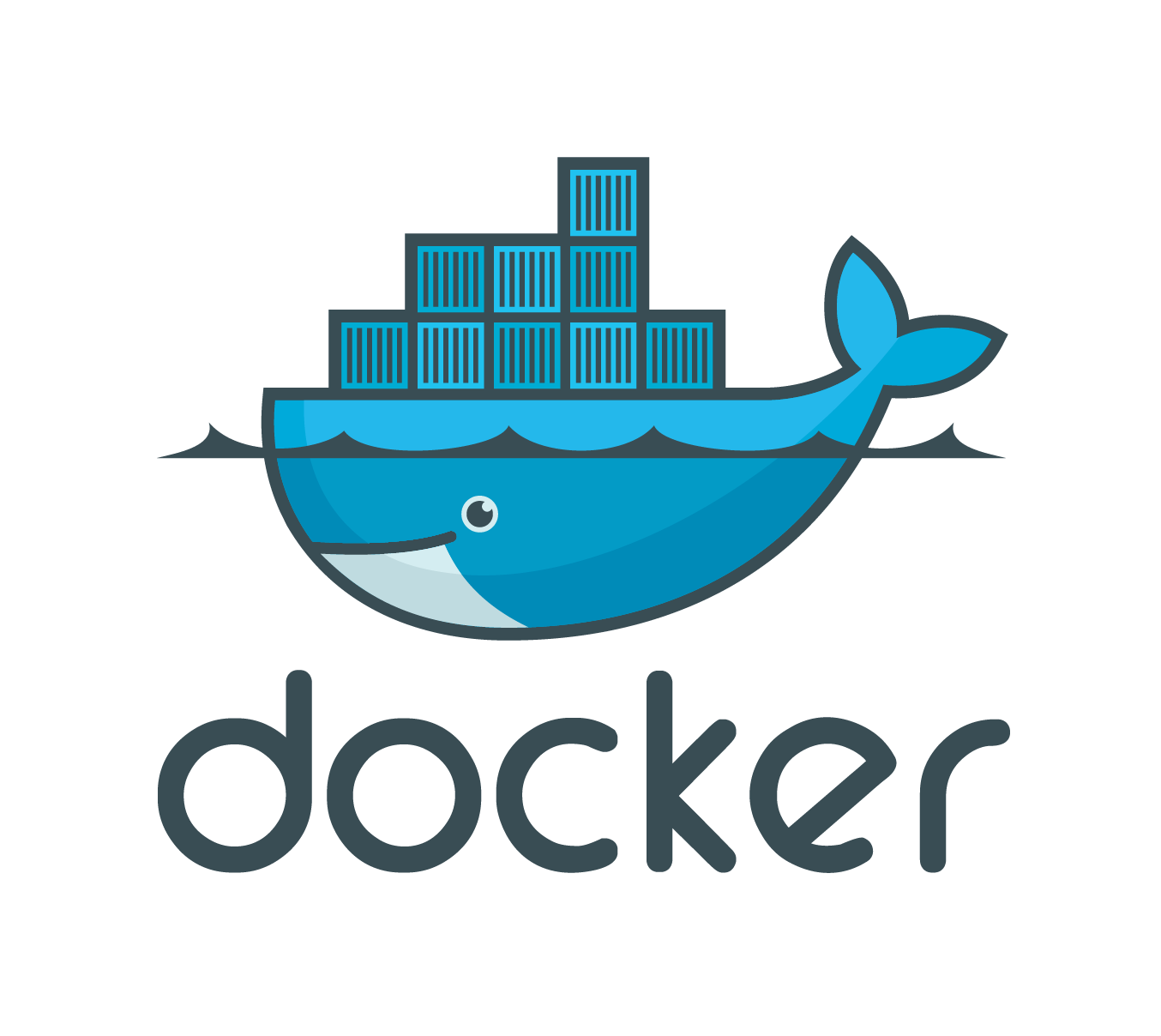3 min to read
Benifits of CI/CD
Continuous integration and Delivery

Continuous Integration and Delivery (CI/CD) changed the way we build, test, and deploy software. CI/CD tools automate these processes, reducing error rates and optimizing workflows. Code moves through each development stage while automated testing throughout the process ensures errors are caught and rolled back before they ever reach production.
The use of CI/CD tools will continue to rise and improve the way software is developed. Deployments no longer need to be an annual, quarterly, or even a monthly event. With CI/CD, DevOps teams can deploy several times a day.
DevOps is future
10 Advantages of CI/CD :-
1. Fewer handoffs.
The more handoffs in your development pipeline, the more points of failure and the more complexity you add to the process.
2. Increased development speed.
All stages of development are faster with CI/CD. Faster iterations throughout the process make every team more efficient and developers can move onto other projects confidently.
3. More deployments.
Releases that happened every couple of weeks or more, can now be pushed up to six or more times a day.
4. Faster testing.
One of the more time-consuming parts of the development workflow is removed and developers can work on other high-value projects. Automated testing lets teams get feedback sooner and fail early rather than catching bugs in production – or worse – in the final release.
5. Fewer bugs.
With automated testing throughout the development process, bugs are caught as they arise and rolled back without ever making it into master. This ensures better code quality overall and that every release works just as intended.
Improved compliance.
Compliance tasks can be incorporated into the development lifecycle, reducing the risk of releasing non-compliant applications. Automated compliance makes it easier to complete audits and can prevent costly mistakes (especially in highly-regulated industries).
7. More time to innovate.
Less time spent on integration maintenance and undifferentiated IT spend means resources can be directed elsewhere.
8. Happier developers.
Developers can work confidently and fix things quickly instead of waiting for weeks to learn there was a bug.
9. Reduced overhead spending.
Organizations can only have so many developers at one time. Development hours are many times billable hours, and manually deploying or testing code can bust IT budgets. An automated workflow reduces manual tasks and makes budgets more efficient.
10. Consistent processes.
Having more automation in the development workflow means nobody ever forgets a step in the process. Builds are more consistent, it’s easier to train new developers, and organizations have more control over how things are built and when they get released.
Single Application CI/CD
We believe a single application that offers visibility across the entire SDLC is the best way to ensure that every development stage is included and optimized. When everything is under one roof, it’s easy to pinpoint workflow bottlenecks and evaluate the impact each element has on deployment speed.
Benefits of single application CI/CD:
1.Visibility across the entire development lifecycle
2.Single source of truth across all development stages
3.No logging into multiple applications
4.Simpler navigation on one interface
5.Only one application to install, maintain, scale, backup, network, and secure
6.Easier authorization management
7.Lower operating expense
GitLab CI/CD vs Jenkins CI
Built in CI/CD
Both Jenkins and Gitlab offer CI/CD without a need to install separately.


Comments